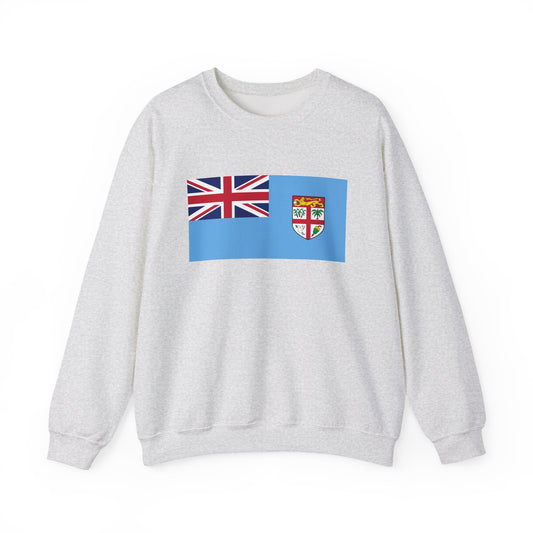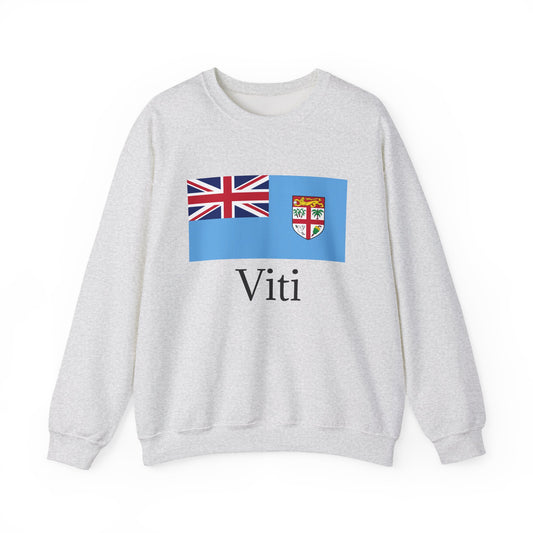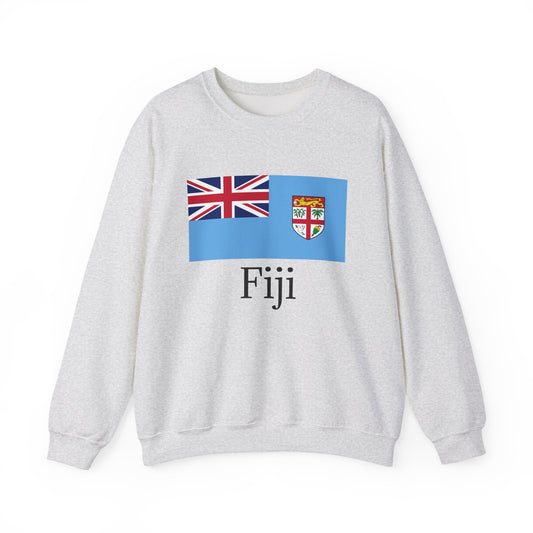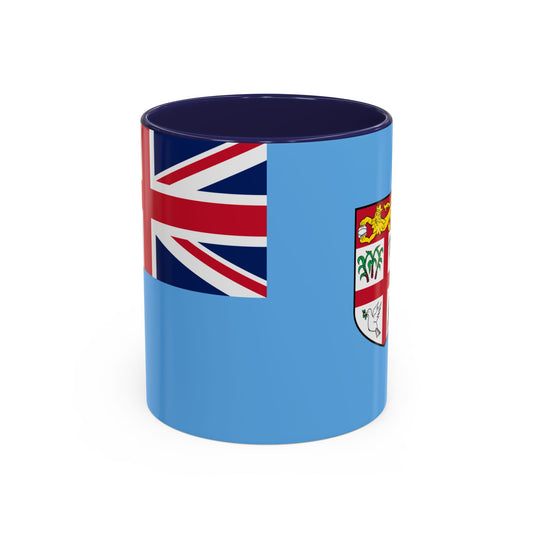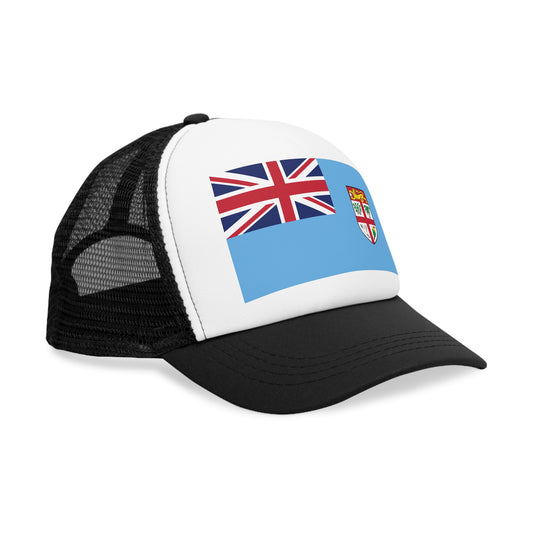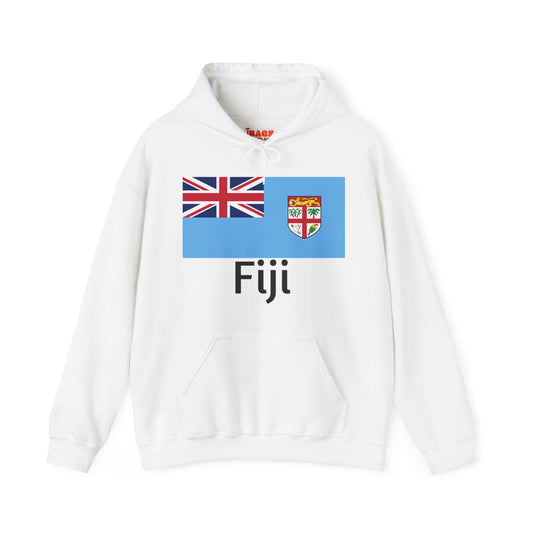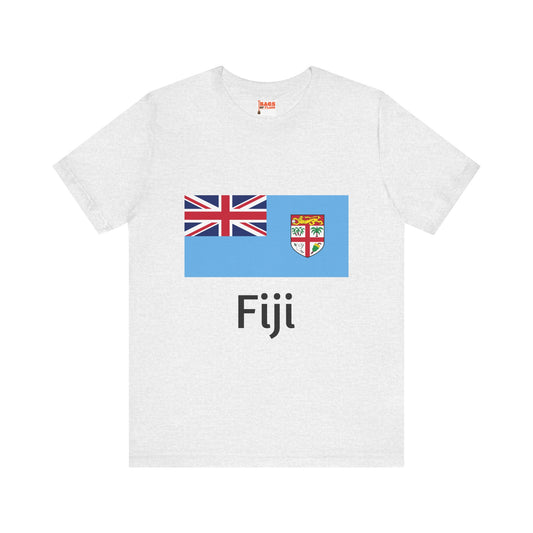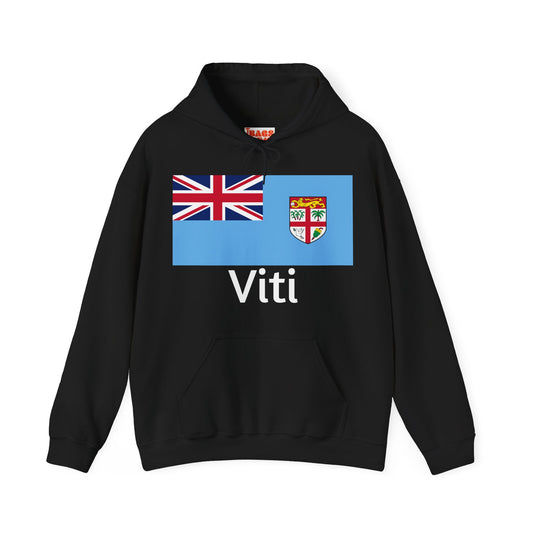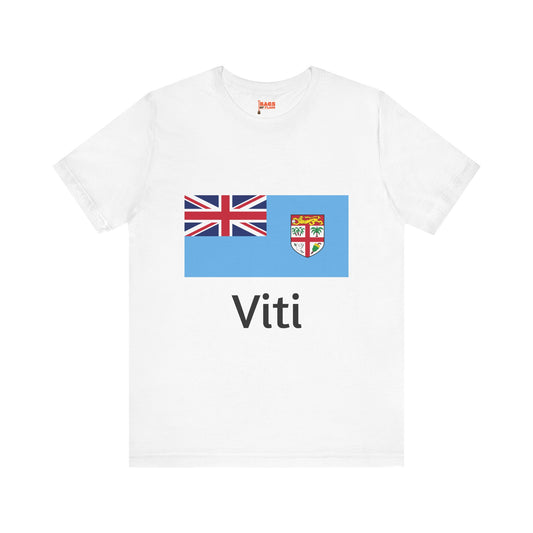-
Fiji Backpack
Regular price $59.79 USDRegular priceUnit price / per -
Fiji Leather Patch Hat
Regular price $18.85 USDRegular priceUnit price / per -
Fiji Flag Sweatshirt
Regular price $34.15 USDRegular priceUnit price / per -
Viti Sweatshirt
Regular price $34.15 USDRegular priceUnit price / per -
Fiji Sweatshirt
Regular price $34.15 USDRegular priceUnit price / per -
Fiji Trucker Cap
Regular price $14.90 USDRegular priceUnit price / per -
Fiji Hoodies
Regular price $34.40 USDRegular priceUnit price / per -
Fiji T-shirts
Regular price $22.79 USDRegular priceUnit price / per -
Fiji Flag Hoodies
Regular price $34.40 USDRegular priceUnit price / per -
Fiji Flag on T-shirt
Regular price $22.79 USDRegular priceUnit price / per -
Viti Hoodies
Regular price $34.40 USDRegular priceUnit price / per -
Viti T-shirts
Regular price $22.79 USDRegular priceUnit price / per
Collection: Fiji
The Fiji flag is a symbol of the nation's identity and history. Its design and colors hold significant meaning, reflecting the country's culture and values. We will delve into the unique facts and protocols surrounding the Fiji flag, exploring its history, symbolism, current relevance, and additional interesting facts.
Overview of the Fiji Flag's Design and Colors

The design and color scheme of the Fiji flag are emblematic, embodying the nation's identity and values. A closer look at its components reveals:
- Background Color: The predominant light blue backdrop represents the Pacific Ocean, which surrounds the Fiji islands, symbolizing vastness and tranquility.
- Union Jack: In the upper left corner, this element acknowledges Fiji's historical association with the British Empire, signifying the country's colonial past.
-
Shield Symbol: Featured prominently on the right side:
- Main Field: A bright red field indicates the Fijian people's enthusiasm and vitality.
- Dove with Olive Branch: Placed at the top of the shield, this symbol stands for peace and harmony, a universal wish of the Fijian populace.
- Banner: Beneath the shield, the name "Fiji" is inscribed on a scroll, reinforcing national pride and identity.
The Fiji flag's blend of symbols and colors not only delineates the country's heritage and geographical features but also conveys messages of peace, unity, and respect for nature.
Historical Context of the Fiji Flag

Adopted on October 10, 1970, the Fiji flag signifies the nation's emergence as an independent country after nearly a century as a British colony. This date is not just a marker of Fiji's sovereignty but also a testament to the country's evolving identity and the culmination of its journey towards self-determination. The design elements, mainly the Union Jack, serve as a nod to Fiji's historical ties with Britain while simultaneously embracing symbols of peace and unity that reflect the aspirations of its people for their new nation.
The process of adopting the current flag was marked by a desire to balance respect for Fiji's colonial history with the need to forge a distinct national identity. Over the years, the flag has become a powerful emblem of Fiji's national pride, unity, and diverse cultural heritage. The decision to retain certain colonial symbols while incorporating unique Fijian elements into the flag's design deliberately reflected the country's past and hopes for the future.
Symbolism Embodied in the Fiji Flag
The elements of the Fiji flag are replete with symbolism, each conveying a profound connection to the nation's ethos and natural environment. The Union Jack in the upper left corner directly references Fiji's period as a British colony, a historical acknowledgment of its past relationships and influence. Contrasting this, the light blue background symbolizes the Pacific Ocean that cradles the islands, highlighting Fiji's geographical identity and its people's connection to the surrounding waters.
The shield that occupies a prominent position on the flag is divided into sections, each representing an essential aspect of Fijian life. The upper section features a lion holding a cocoa pod, a nod to the nation's British ties and agricultural richness. Below this, three fields depict a sugar cane, a coconut palm, and a banana bunch, signifying the country's agricultural foundations. The fourth quadrant shows a dove with an olive branch, an emblem of peace and a hopeful gesture towards harmony within Fiji and the world.
Together, these symbols encapsulate the blend of historical ties, natural beauty, and aspirations for peace and unity that are central to Fijian identity. Through its flag, Fiji communicates a narrative of resilience, resourcefulness, and a deep-seated yearning for harmony within its borders and as part of the global community.
Current Relevance of the Fiji Flag
Today, the Fiji flag plays a vital role in the country's public life, prominently featured at national events, such as Fiji Day on October 10th, and during military and official ceremonies. Its presence reinforces the sense of national pride and unity among Fijians. Despite its widespread use and the pride it inspires, discussions about revising the flag have surfaced, reflecting a desire among some segments of the population to sever colonial ties more completely and embrace a flag that fully represents Fiji's independent status and unique cultural identity. These debates underscore the evolving nature of national symbols and their significance to a country's identity. As Fiji navigates these discussions, the flag remains a central emblem of the nation's heritage, achievements, and aspirations, symbolizing the ongoing journey of the Fijian people toward a future that honors their past while looking forward to greater unity and self-definition.
Additional Facts and Protocols Related to the Fiji Flag
In observing the protocols associated with the Fiji flag, it's crucial to adhere to a set of respectful practices that highlight its significance. One important protocol dictates that the flag, a symbol of national pride and sovereignty, must always be kept aloft and never allowed to touch the ground, as this is considered disrespectful. When raising or lowering the flag, it is done with deliberate care and solemnity, ensuring the process reflects the dignity of the nation.
During ceremonies where the flag is displayed, it is customary for attendees to stand as a gesture of respect, especially when the national anthem is played. This practice unites individuals in a moment of national pride and reflection on the country's values and achievements.
Another protocol involves the proper positioning of the flag when displayed alongside other flags. The Fiji flag should be positioned prominently, typically at the center or as the highest flag, to denote the country's precedence and honor.
Beyond these protocols, the Fiji flag is distinctive in its design, incorporating elements that are not only symbolic but also unique in the context of global flags. The inclusion of specific agricultural symbols, like the sugar cane and coconut palm, directly ties the flag to the livelihood and natural resources of the nation. The dove with an olive branch, while a universal symbol of peace, is particularly significant for Fiji, emphasizing the country's commitment to harmony and goodwill, both internally and in its international relations. These details contribute to the flag's identity, making it a deeply meaningful emblem for the Fijian people.






